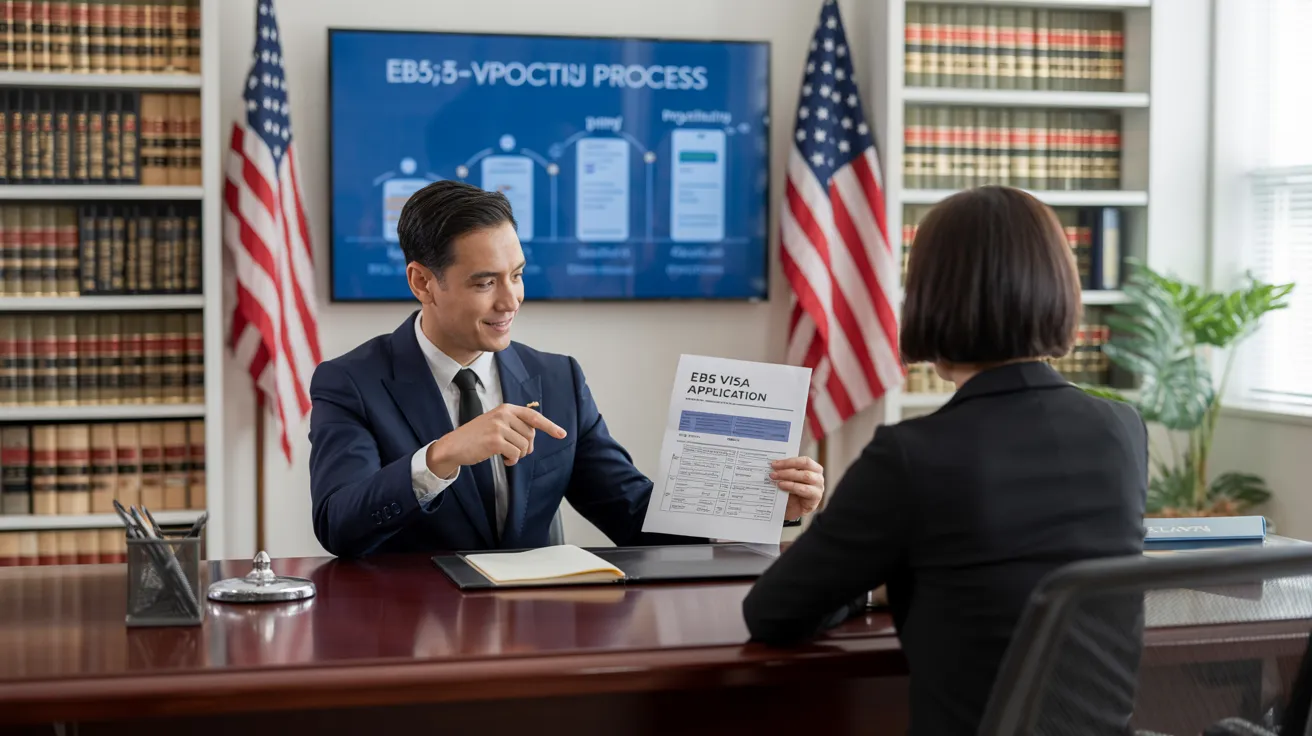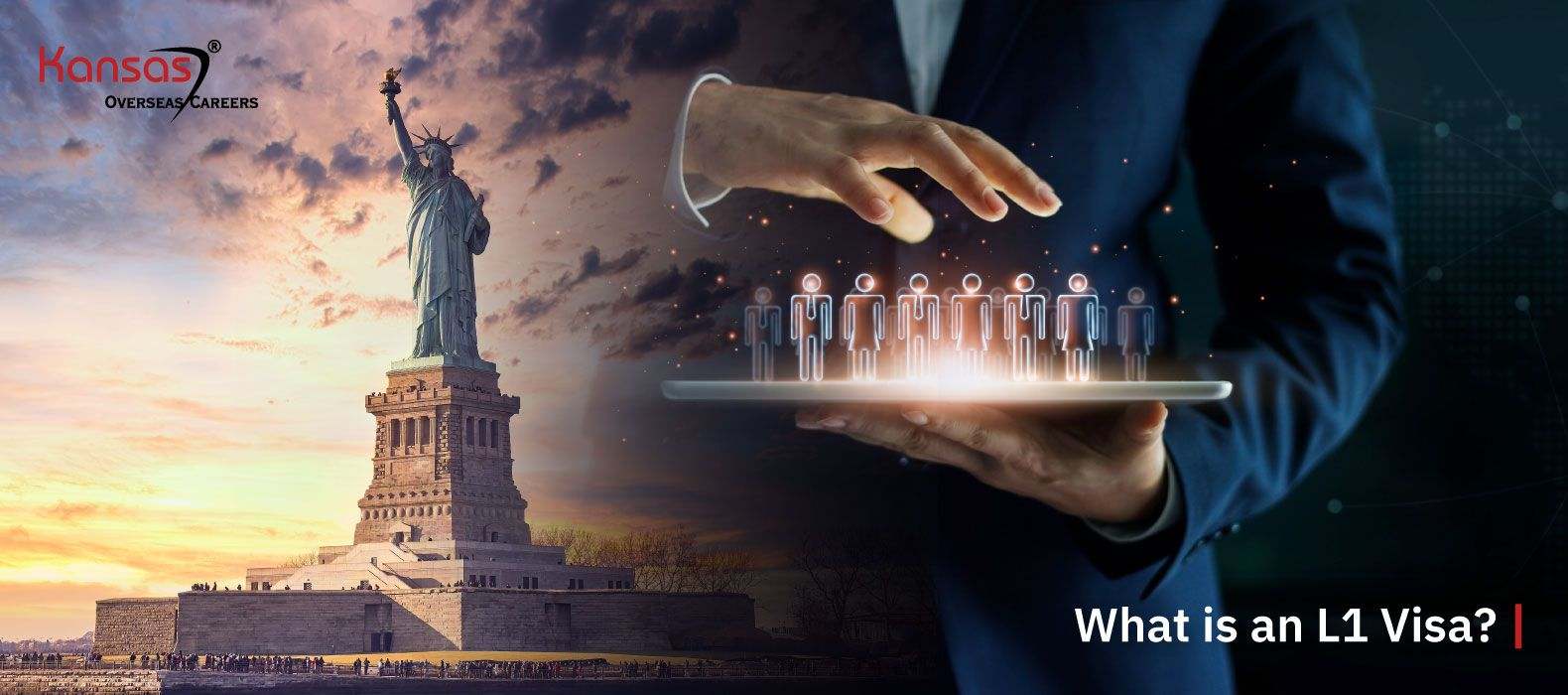The Main Principles Of L1 Visa
Table of ContentsThe Best Guide To L1 VisaL1 Visa for BeginnersThe Best Strategy To Use For L1 VisaIndicators on L1 Visa You Should KnowLittle Known Questions About L1 Visa.
L-1 visas are readily available to staff members of a worldwide firm with workplaces in both the United States and abroad. L1 Visa. The visa allows such foreign employees to transfer to the firm's United States office after having functioned abroad for the firm for at the very least one constant year within the previous three before admission in the USOne L-1 visa can enable numerous employees entrance into the USA. Partners of L-1 visa holders are enabled to function without constraint in the US (utilizing an L-2 visa) occurrence to condition, and the L-1 visa may legally be used as a tipping rock to a permit under the teaching of dual intent.
Since 2000, Indian nationals are the largest receivers of L-1 visas. The variety of L-1 visas offered to Indian nationals jumped from 4.5 percent in 1997 to 43.8 percent in 2006. In 2019, Indian nationals got 18,354 L-1 visas, making up 23.8% of all L-1 visas released in 2019. According to USCIS data, the biggest employers to obtain L-1 visas in 2019 were Tata Consultancy with 1,542 accepted L-1 visa petitions, Infosys with 517, Amazon with 455, Cognizant with 382, and Deloitte with 305.
Congress developed the L-1 visa in 1970. The original visa needed that the job period match straight prior to using for the firm transfer.
L1 Visa - Questions
Significant Indian outsourcing firms such as Tata, Infosys, and Wipro progressively used the L-1 copyright personnel American multinational companies. Half of Tata's employees gave the USA came on L-1 visas. The North American Free Trade Agreement had arrangements regarding intracompany transfers in between the U.S., Canada, and Mexico.
In 2003, the Us senate Judiciary Committee held a hearing on the L-1 visa. In fiscal year 2004, the number of L-1B visas exceeded the number of L-1A visas.

Applicants who remain in the United States at the time of the declaring of the I-129 can ask for a change of status from their existing nonimmigrant status (i.e. site visitor, trainee, and so on), as long as they are in standing at the time of the declaring of the I-129. If they head out of condition after the filing, but prior to authorization, there is no adverse consequence, and the person does not build up illegal presence.
Children of the primary L-1 can attend school. The spouse of the key click here L-1 has an automated right to work in the United States.
Not known Facts About L1 Visa
An I-797 Notification of Action showing the authorization of the copyright does not assure that a visa will be issued at the United state

Getting The L1 copyright Work
For an L-1 visa applicant, "twin Intent" is enabled: unlike some courses of non-immigrant visas (e.g., J-1 visas (L1 Visa)), L-1 candidates might not be refuted a visa on the basis that they are an intending immigrant to the USA, or that they do not have a residence abroad which they do not intend to abandon
Revival in the United States uses to condition only, not the actual visa in the key. copyright revival, the candidate must go to an U.S
An alien can not leave the United States and after that reenter without a legitimate L-1 visa, and must show up directly prior L1 Visa requirements to a consular police officer copyright issuance.
Some Known Facts About L1 Visa.
A person in L-1 condition generally may function only for the requesting business. If the L-1 worker enters based on an L-1 covering, however, it usually is possible for the worker to be relocated the exact same capacity to any kind of various other related business listed on the blanket. The L-1 visa program has actually been criticized for several reasons.
In one instance, The united state Division of Labor fined Electronics for Imaging $3,500 for paying its L-1 visa workers $1.21 an hour and working some of them approximately 122 hours a week. Some industry reps have charged business of utilizing the L-1 program to change U.S. workers. Detractors and federal government authorities have actually explained exactly how the visa program does not specify "specialized knowledge" for international employees in the L-1B visa category.